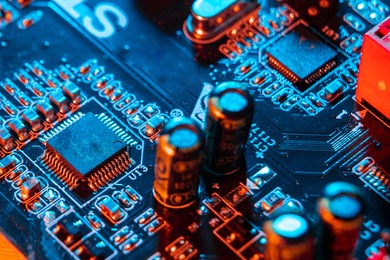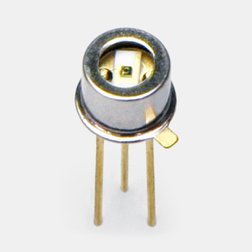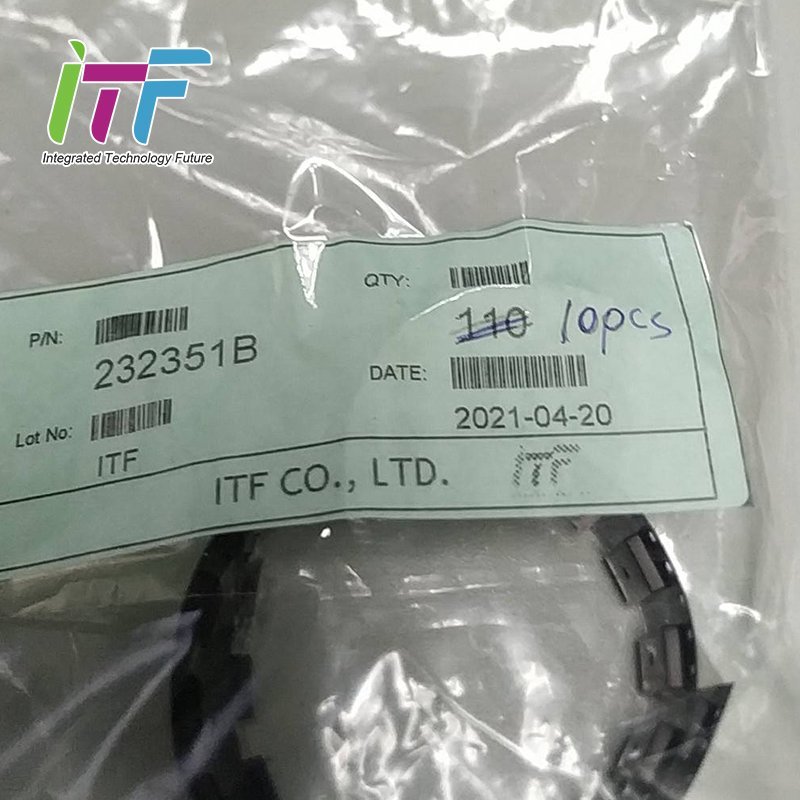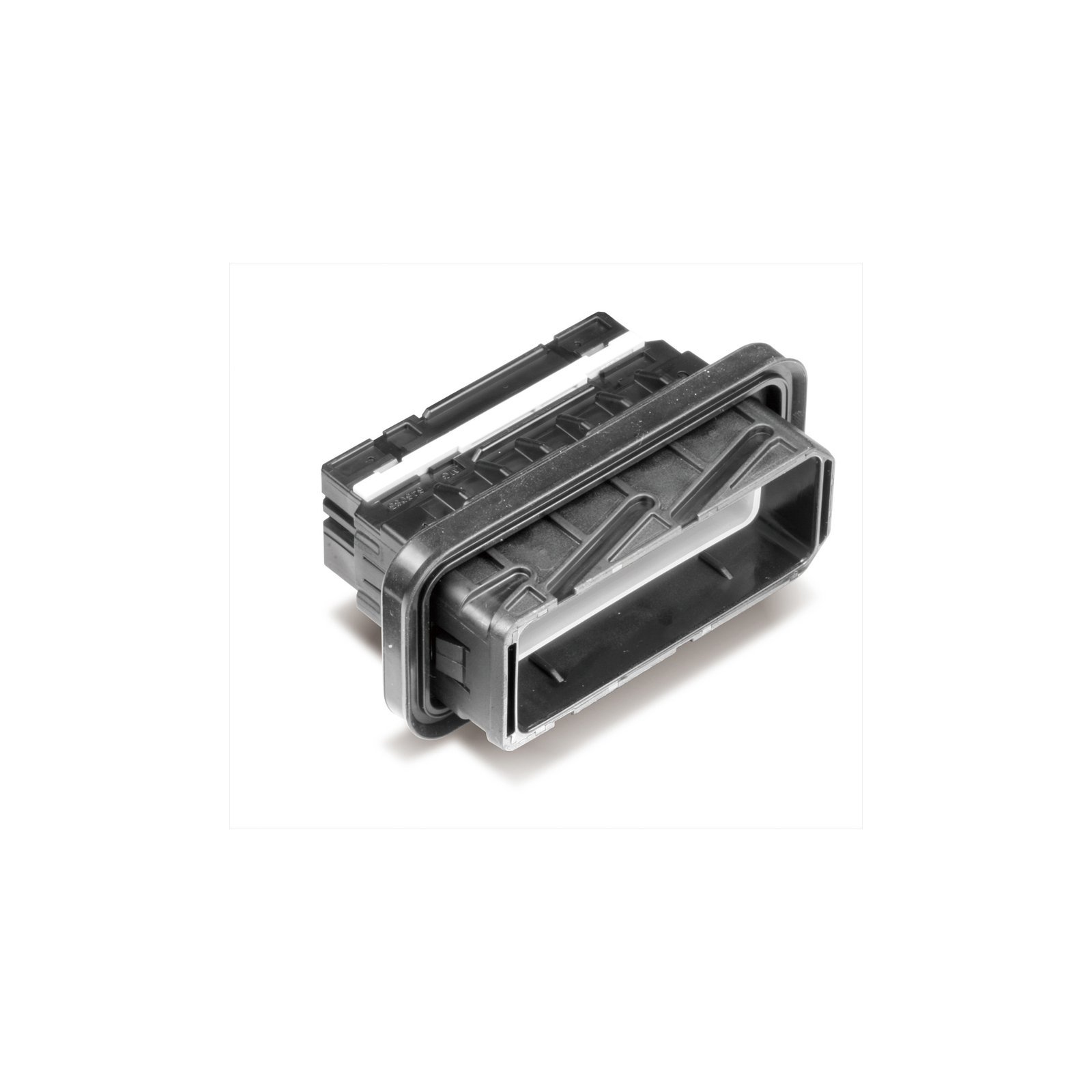A capacitor is a fundamental electronic component designed to store and release electrical energy in a circuit. Capacitors serve various purposes in electronic circuits, including smoothing power supply voltages, filtering signals, and coupling or decoupling AC and DC components. Their ability to store and release energy quickly makes them crucial in timing circuits, signal processing, and energy storage applications. Capacitors come in diverse types, including electrolytic, ceramic, and tantalum capacitors, each tailored for specific circuit requirements.
Capacitors operate on the principles of electrostatics and energy storage. Understanding the working principle of capacitors involves delving into their construction, the behavior of electric fields, and the interaction of charges.

A capacitor consists of two conductive plates separated by an insulating material known as a dielectric. The conductive plates are typically made of materials like metal, while the dielectric can be materials such as ceramic, tantalum, polyester, or electrolyte-based substances.
When a voltage is applied across the capacitor, electrons are attracted to the positive plate, while the negative plate accumulates an equal and opposite charge. This charge separation creates an electric field between the plates.
The dielectric between the plates is crucial. It prevents direct current flow while allowing the establishment of an electric field. Dielectrics are materials with high resistivity that do not conduct electric current, and their properties impact the capacitor’s performance.
As the voltage across the capacitor increases, the charge on the plates also increases. The capacitance (C) of a capacitor, measured in farads (F), defines its ability to store charge for a given voltage. The relationship is expressed by the formula Q = CV.
During the charging phase, when the capacitor is connected to a voltage source, electrons flow, and the capacitor accumulates charge until the potential equals the applied voltage. During the discharging phase, when connected to a load or another circuit, the stored energy is released, and electrons flow back through the external circuit.
Capacitors are used for energy storage, smoothing power supply voltages, filtering signals, and coupling and decoupling AC and DC components. They find applications in various electronic devices and circuits, contributing to pulse shaping, frequency control, and overall circuit functionality.

In summary, capacitors play a crucial role in electronics by storing and releasing electrical energy. Their ability to control the flow of charge and store energy makes them versatile components used in a wide range of electronic applications. If you are interested in our capacitors, or any other electronic components, please feel free to contact us!
























